Dosha is a Sanskrit word meaning the one which can pollute the body, however all three are needed to create balance in the body. If one is too low or too high this produces imbalance. So this aggravation is called Vikriti and the balanced, innate state is called Prakriti.
Ayurveda describes three fundamental mind/body types, or doshas, called Vata, Pitta and Kapha, which embody different combinations of the five elements : air, ether, fire, water and earth. Each of us contain all doshas to varying degrees, and their balance can be determined through examination of your eyes, nails, tongue, skin, voice, by pulse diagnosis, and through the insight of the Ayurvedic practitioner. Because the five elements exist in us and in nature, your doshas can become aggravated or imbalanced due to inappropriate or inadequate diet, change of seasons, climate or lifestyle, and result in disease in the body.
Ayurveda also describes three primary qualities of Nature, or gunas, called Sattva (equilibrium, evolution, intelligence), Rajas (activity, agitation) and Tamas (inertia). These inner qualities are essential for the creation of all things in the material universe. They are sometimes referred to as the “mental doshas” as they describe the qualities and activities of the mind. Living in society requires a balance between Sattva, Rajas and Tamas – an imbalance can result in a restless, agitated or dull mind, which can result in imbalance of Vata, Pitta and Kapha, leading to various ailments.
What are the different types of Doshas?
⇒ The three main types of dosha are :
- Vata (air) – which means all movements in the body and mind – for example, breathing, heart beat,
 elimination, pulsation, blood circulation, and thinking. These are all due to air. Our body weight is due to air and the pressure it creates on our bodies. When the air element is too high all of the things listed above will increase and the person will become sick or mentally imbalanced.
elimination, pulsation, blood circulation, and thinking. These are all due to air. Our body weight is due to air and the pressure it creates on our bodies. When the air element is too high all of the things listed above will increase and the person will become sick or mentally imbalanced. - Pitta (fire) – is responsible for the metabolism and digestion in the body. Without adequate heat, your food cannot be properly digested and will become toxic in your system. Pitta is also responsible for keeping the body warm.
- Kapha (water/earth). Our body is made up of 70% water and this is controlled by Kapha dosha. It is also responsible for lubrication in the body and provides stability. Lubrication is needed in the joints, skin and mouth.
According to this, people are called Vata type, Pitta type or Kapha type. Everybody is composed of all three doshas; if one of them is predominant the person is called mono–doshic. If two are predominant (eg. Vata-Pitta, Pitta-Kapha etc) this is bi-doshic and if all three are dominant then this is tri-doshic or mixed.
How do I find out my Dosha type?
To get an accurate assessment you should consult an Ayurvedic practitioner.
Our online Dosha Test will introduce you to the concept of doshas and how they result in different traits in the body. Please note the Dosha Test may or may not be accurate for you. This is because you may select certain traits that are more a result of dosha imbalance influencing your decision, than your actual constitution. Even if two people have the same dosha they can be different due to current imbalances, or vikriti, therefore it is best to consult with an Ayurvedic practitioner for an accurate assessment.
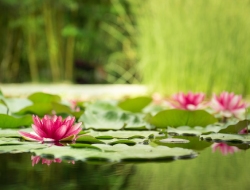
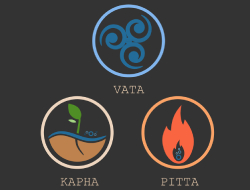

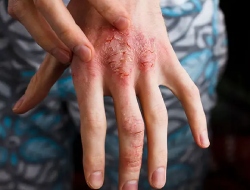
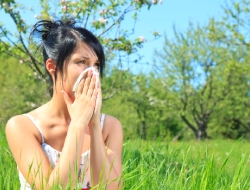

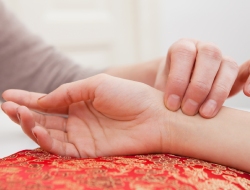


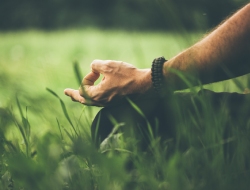


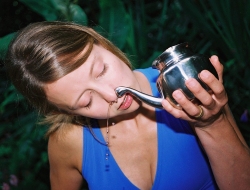




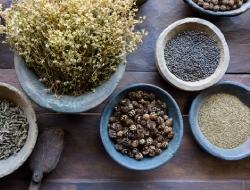



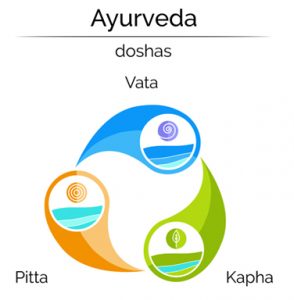 elimination, pulsation, blood circulation, and thinking. These are all due to air. Our body weight is due to air and the pressure it creates on our bodies. When the air element is too high all of the things listed above will increase and the person will become sick or mentally imbalanced.
elimination, pulsation, blood circulation, and thinking. These are all due to air. Our body weight is due to air and the pressure it creates on our bodies. When the air element is too high all of the things listed above will increase and the person will become sick or mentally imbalanced.